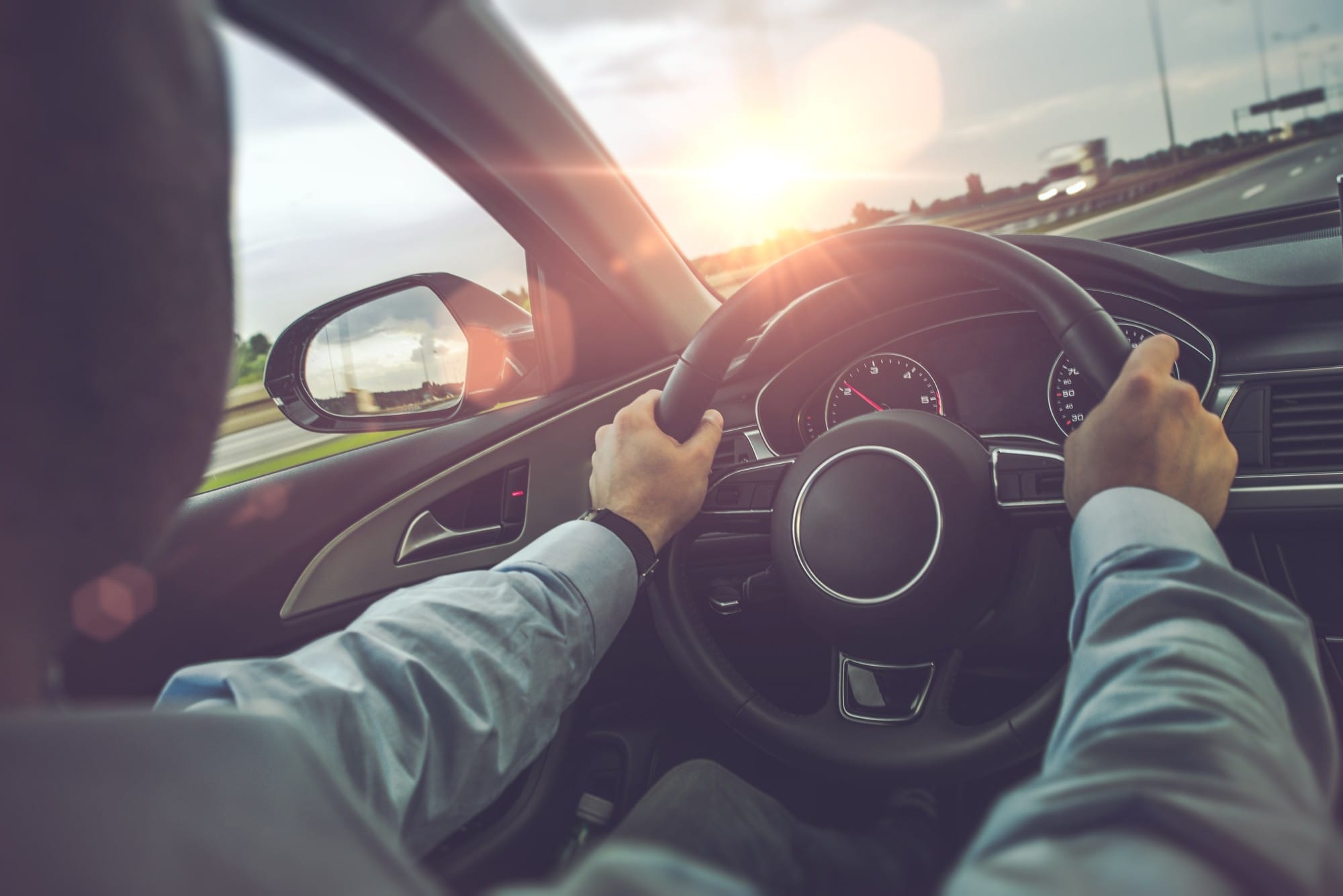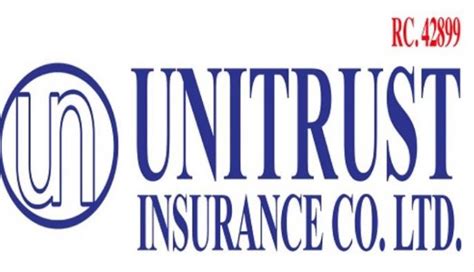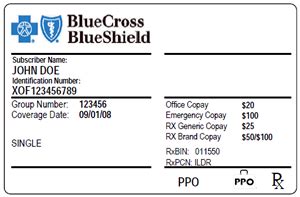Driving Insurance

The world of driving insurance is a complex and essential aspect of vehicle ownership. With numerous options, coverage types, and varying policies, understanding the ins and outs of driving insurance is crucial for every driver. This comprehensive guide aims to unravel the intricacies of this vital financial protection, offering a deep dive into the world of driving insurance, its nuances, and its significance.
Understanding the Basics of Driving Insurance

At its core, driving insurance, also known as auto insurance or car insurance, is a form of financial protection against potential losses or damages arising from vehicle ownership and operation. It serves as a contractual agreement between an individual (the policyholder) and an insurance provider, where the latter agrees to compensate the former for covered losses, damages, or liabilities in exchange for a premium payment.
The need for driving insurance arises from the inherent risks associated with operating a motor vehicle. These risks can range from minor fender benders to severe accidents, resulting in property damage, bodily injuries, or even fatalities. Without insurance coverage, the financial burden of such incidents can be devastating, often leading to substantial financial losses for the individuals involved.
Key Components of Driving Insurance
Driving insurance policies typically consist of several key components, each designed to address specific risks and liabilities:
- Liability Coverage: This is the cornerstone of most driving insurance policies. It covers the policyholder's legal responsibility for bodily injury or property damage to others caused by the policyholder's vehicle. Liability coverage is typically divided into two parts: bodily injury liability and property damage liability.
- Comprehensive Coverage: Also known as "other than collision" coverage, comprehensive insurance provides protection against damages caused by events other than collisions, such as theft, vandalism, fire, or natural disasters. It covers the cost of repairing or replacing the insured vehicle, minus the deductible.
- Collision Coverage: As the name suggests, collision coverage applies when the insured vehicle is involved in a collision with another vehicle or object. It covers the cost of repairing or replacing the insured vehicle, regardless of who is at fault, subject to the policy's terms and conditions.
- Personal Injury Protection (PIP): Available in some states, PIP coverage provides medical benefits for the policyholder and their passengers, regardless of fault. It covers medical expenses, lost wages, and other related costs resulting from an accident.
- Uninsured/Underinsured Motorist Coverage: This coverage protects the policyholder when involved in an accident with a driver who either has no insurance or insufficient insurance to cover the damages caused. It ensures that the policyholder is financially protected even in such scenarios.
Types of Driving Insurance Policies

Driving insurance policies come in various forms, each tailored to meet the specific needs and circumstances of different drivers. The most common types include:
Standard Auto Insurance Policies
Standard auto insurance policies are the most common type, offering a basic level of coverage. These policies typically include liability coverage, personal injury protection (PIP), and uninsured/underinsured motorist coverage. They provide a solid foundation of protection for most drivers.
Comprehensive Policies
Comprehensive policies, as the name suggests, offer a more extensive level of coverage. In addition to the standard coverages, comprehensive policies often include additional benefits such as rental car reimbursement, roadside assistance, and gap insurance. These policies are ideal for drivers who want maximum protection and peace of mind.
High-Risk Auto Insurance
High-risk auto insurance is designed for drivers who pose a higher risk to insurance companies due to their driving history, vehicle type, or other factors. These policies often have higher premiums and more stringent requirements, but they provide essential coverage for drivers who might otherwise struggle to obtain insurance.
Specialty Policies
Specialty policies are tailored to meet the unique needs of specific groups of drivers or vehicle types. For instance, classic car insurance policies are designed to protect vintage vehicles, while commercial auto insurance policies cater to business owners who use their vehicles for commercial purposes.
Factors Affecting Driving Insurance Premiums
The cost of driving insurance, known as the premium, is influenced by a multitude of factors. Understanding these factors can help drivers make informed decisions when choosing an insurance policy and potentially reduce their insurance costs.
Driver's Profile
The driver's profile is a significant factor in determining insurance premiums. This includes the driver's age, gender, driving history, and credit score. Younger drivers, especially those under 25, often face higher premiums due to their lack of driving experience and higher risk of accidents. Similarly, drivers with a history of accidents, traffic violations, or claims may also see higher premiums.
Vehicle Type and Usage
The type of vehicle and its intended usage also play a crucial role in insurance premiums. High-performance sports cars, luxury vehicles, and SUVs often have higher premiums due to their higher repair costs and increased risk of theft. Additionally, vehicles used for business purposes or as a primary mode of transportation may attract higher premiums.
Location and Driving Conditions
The geographic location where the vehicle is garaged and driven can significantly impact insurance rates. Areas with higher population densities, more traffic, and higher rates of crime often have higher insurance premiums. Additionally, driving conditions such as harsh winters, frequent storms, or poor road quality can also increase insurance costs.
Insurance Coverage and Deductibles
The level of insurance coverage chosen and the deductible amount can greatly affect premiums. Higher coverage limits and lower deductibles generally result in higher premiums, while lower coverage limits and higher deductibles can lead to lower premiums. It's essential to strike a balance between coverage and cost to ensure adequate protection without breaking the bank.
The Claims Process: What to Expect
Understanding the claims process is crucial for drivers, as it outlines the steps to take when an accident or incident occurs. A well-informed approach to the claims process can help ensure a smoother and more efficient resolution.
Reporting an Incident
The first step in the claims process is to report the incident to your insurance provider as soon as possible. Most insurance companies have dedicated claims hotlines or online portals to make this process convenient. It's essential to provide accurate and detailed information about the incident, including the date, time, location, and any relevant details about the other parties involved.
Filing a Claim
After reporting the incident, the next step is to file a formal claim. This involves providing additional information and documentation to support your claim. This may include photos of the damage, police reports, witness statements, and any other relevant evidence. It's crucial to keep all records and documentation related to the incident organized and readily accessible.
Claims Investigation and Assessment
Once a claim is filed, the insurance company will initiate an investigation to assess the extent of the damage and determine liability. This process may involve an inspection of the vehicle, interviews with witnesses, and a review of any available evidence. The insurance company will then determine the value of the claim and decide on the appropriate course of action, which may include repairs, replacement, or monetary compensation.
Resolution and Settlement
The final step in the claims process is the resolution and settlement of the claim. This involves the insurance company providing compensation for the damages, either through repairs, replacement, or a cash settlement. The amount of compensation is based on the policy's terms and conditions, the extent of the damage, and the findings of the investigation. It's essential to understand the settlement process and your rights as a policyholder to ensure a fair and timely resolution.
The Future of Driving Insurance: Trends and Innovations

The world of driving insurance is evolving rapidly, driven by technological advancements, changing consumer behaviors, and shifting regulatory landscapes. Several trends and innovations are shaping the future of driving insurance, offering new opportunities and challenges for insurers and drivers alike.
Telematics and Usage-Based Insurance
Telematics, the technology that enables the collection and transmission of vehicle data, is revolutionizing driving insurance. Usage-based insurance (UBI) policies, which use telematics to monitor driving behavior and set premiums accordingly, are gaining popularity. These policies reward safe drivers with lower premiums, encouraging safer driving habits and reducing insurance costs for responsible drivers.
Digital Transformation and Online Insurance
The digital transformation of the insurance industry is making insurance more accessible and convenient. Online insurance platforms and apps are becoming increasingly popular, offering customers the ability to compare policies, purchase insurance, and manage their policies entirely online. This shift towards digital insurance is expected to continue, with insurers investing heavily in technology to enhance the customer experience and streamline processes.
Autonomous Vehicles and Insurance
The advent of autonomous vehicles is set to revolutionize the insurance industry. As self-driving cars become more prevalent, the traditional model of insurance, which is largely based on driver behavior, will need to evolve. Insurers will need to adapt their policies to account for the reduced risk associated with autonomous driving, potentially leading to significant changes in insurance premiums and coverage.
Sustainability and Green Insurance
With the growing focus on sustainability and environmental concerns, the insurance industry is also shifting towards green insurance. This involves offering incentives and discounts to policyholders who drive electric or hybrid vehicles, encouraging the adoption of more sustainable transportation options. Green insurance is expected to play a significant role in the future, as the insurance industry aligns with broader sustainability goals.
Frequently Asked Questions
How do I choose the right driving insurance policy for me?
+Choosing the right driving insurance policy involves careful consideration of your specific needs and circumstances. Evaluate your coverage requirements, taking into account factors like the value of your vehicle, your driving history, and the level of financial protection you desire. Compare quotes from multiple insurers to find the best combination of coverage and cost. Additionally, consider the reputation and financial stability of the insurance provider to ensure long-term peace of mind.
What happens if I’m involved in an accident with an uninsured driver?
+If you’re involved in an accident with an uninsured driver, the outcome depends on the type of coverage you have. If you have uninsured motorist coverage, your insurance provider will compensate you for any damages or injuries sustained. This coverage ensures that you’re financially protected even if the other driver is uninsured. It’s crucial to review your policy to understand the specific coverage and limits related to uninsured motorist claims.
Can I switch driving insurance providers and how often should I review my policy?
+You can certainly switch driving insurance providers if you find a policy that better suits your needs or offers more competitive rates. Shopping around for insurance is a great way to ensure you’re getting the best value for your money. It’s generally recommended to review your insurance policy annually or whenever your circumstances change significantly, such as buying a new vehicle, moving to a new location, or experiencing a change in your driving habits.
What are some common mistakes to avoid when choosing driving insurance?
+When choosing driving insurance, it’s important to avoid common mistakes such as solely focusing on the lowest premium without considering the coverage provided. Insufficient coverage can leave you financially vulnerable in the event of an accident. Additionally, failing to read and understand the policy terms and conditions can lead to unexpected surprises. Take the time to carefully review the policy, ask questions, and seek clarification to ensure you fully understand the coverage and any exclusions or limitations.
How do insurance companies determine fault in an accident?
+Insurance companies determine fault in an accident by thoroughly investigating the incident. This typically involves reviewing police reports, witness statements, and any available evidence. They may also consider the applicable traffic laws and regulations to assess liability. In some cases, insurance companies may appoint a third-party adjuster to conduct an impartial investigation and determine fault. It’s important to cooperate fully with the insurance company’s investigation to ensure a fair and accurate determination of fault.



